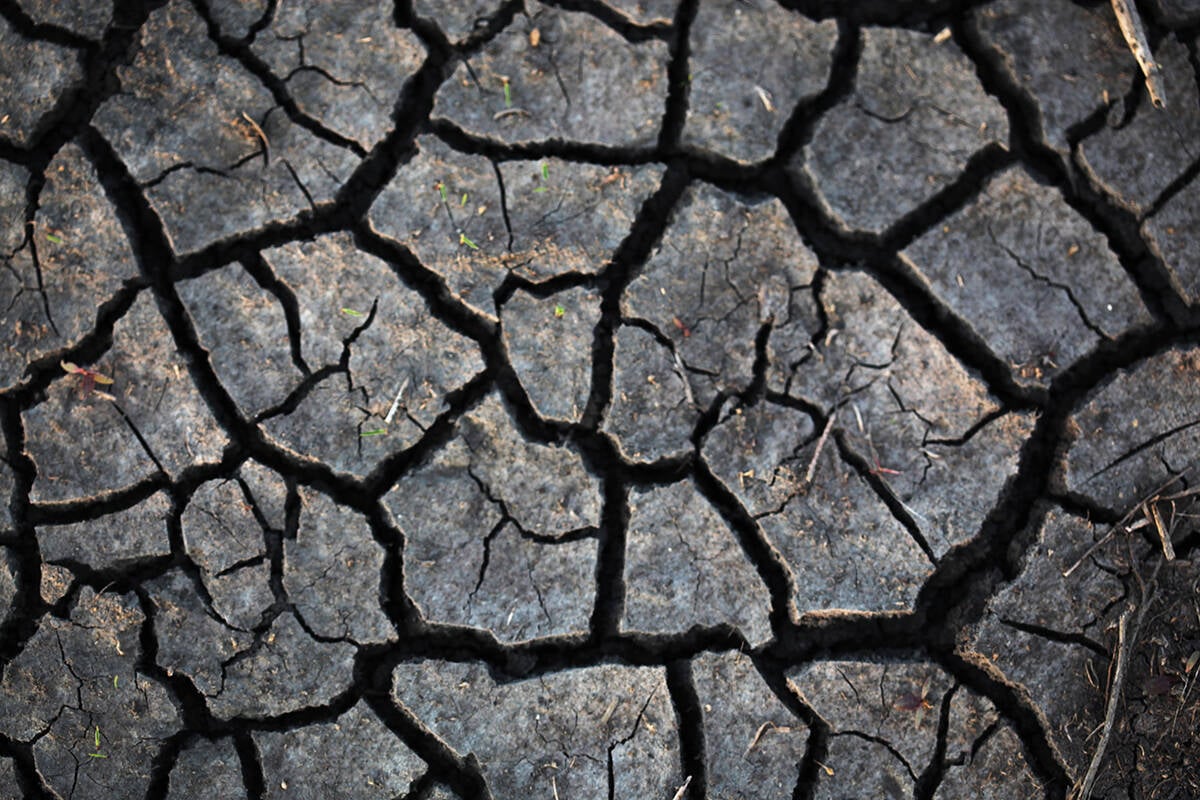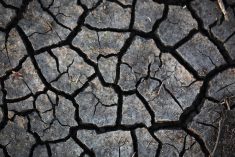Those wearing farmer hats want access to irrigation water.
Those wearing environmental hats want protection of wildlife and limits to logging.
Those in recreational hats want access for off-road vehicles.
Those in rural council hats want abundant, clean water for homes.
And sometimes people wear many hats.
Such are the challenges facing the Oldman Watershed Council as it finalizes a planning framework for the Oldman River watershed, a 25,000 sq. kilometre area in southwestern Alberta.
The council held public meetings in recent weeks to explain the draft plan. Public input is sought no later than Dec. 9, said OWC executive director Shannon Frank.
Read Also

Prairies have variable soil moisture conditions
The dry weather in the west was welcome for preserving grain quality and advancing harvest, but it has resulted in very dry soil moisture conditions.
“The first goal is about informing people, so that’s going to underpin this whole process,” Frank said at a Nov. 22 meeting.
Public input will be reviewed and the plan revised, if necessary, before presentation to the provincial government. Action plans will then be developed and implemented, said Frank.
The watershed includes the Oldman River headwaters in the Rocky Mountains, as well as foothills, native grasslands and dryland and irrigated farming. About 200,000 people live within the watershed.
Farming, ranching, forestry, mining, oil and gas extraction and recreation all have interests, some of them competing, in water use within the watershed.
The OWC is one of 11 in Alberta tasked with developing strategies for the future. These groups are expected to fulfill goals outlined in the Water for Life strategy that the province developed in 2003.
The OWC established eight goals using the 2010 State of the Watershed report, which rated quality of the area in four categories: terrestrial and riparian, water quantity, water quality and overall health.
Only the mountain area received an overall rating of good, and the prairie sub-basin, where most of the farming occurs, was rated poor in all four categories.
With that report as a basis, a core team of 37 stakeholders identified the top 10 risks to the watershed. Further work then devised recommendations for mitigating those risks.
Frank said the watershed is home to 663 feedlots and has 10,000 oil and gas wells and 85 waste-water treatment facilities.
Seventy-three percent of the land has been disturbed for farming or other uses and 65 percent of riparian areas are rated as poor.
“The Oldman watershed is facing unprecedented, cumulative pressures from human activities, complicated by the uncertainty of climate change impacts and ongoing concerns about water supply and use in our naturally semi-arid environment,” said the draft report’s executive summary.
Public input so far has indicated water quantity and protection of the headwaters are primary concerns, said Frank.
“There are some quick wins we can get started on in terms of identifying specific streams that need more water and working with the government and irrigators to see if there are some things we can do to get more water in those streams in the appropriate months,” she said.
As for the headwaters, recreational use that causes damage and damage to the environment and habitat are major concerns. Frank said more data is needed on recreational use in the headwaters and demographics on who is using the area and for what recreational purposes.
Some problems might be ad-dressed through signage or bridge installation, she said. However, government policy would be needed if data indicates that restrictions on recreational use are required.
Frank said the plan is designed to work with provincial land use policy, but she doesn’t expect it will be implemented without continued efforts from the council and watershed residents.
“We’ll have to convince them that this is what the community wants. It’s not just the Oldman Watershed Council. It’s the broader community. It’s going to be the community’s quest.”
Goals of Oldman Watershed Plan
•improve the understanding and strengthen commitment of residents to the health of the watershed
•optimize the availability of water for the natural ecosystem while supporting the social and economic needs of the community
•manage and protect the integrity of headwaters and source waters
•identify and prioritize thresholds to manage threats and impacts on terrestrial and aquatic habitat
•understand ground water and how it interacts with surface water
•identify water quality outcomes and assess factors affecting them for adaptive watershed management
•prevent and control invasive species
•understand the status and implications of emerging contaminants















